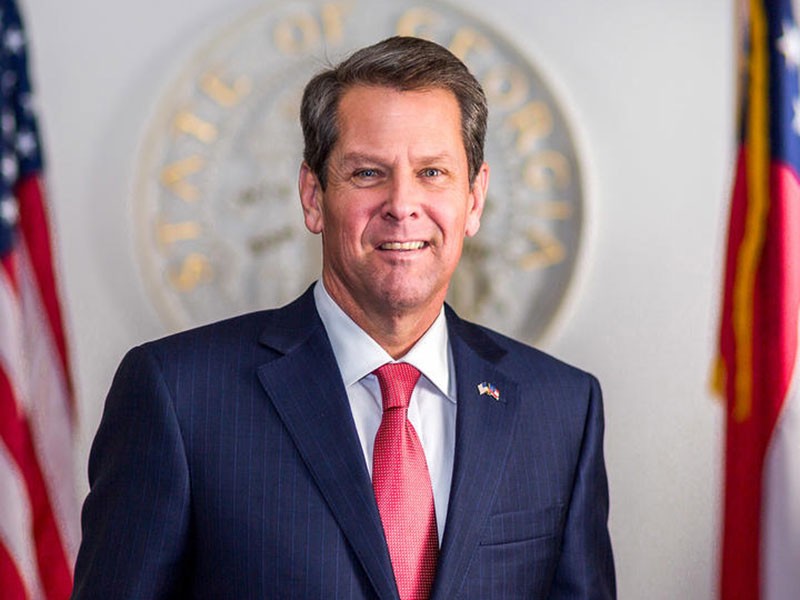READ THE FULL EXECUTIVE ORDER HERE.
Gov. Brian Kemp on Thursday released details of his shelter-in-place order that will keep most Georgians at home to slow the spread of the coronavirus.
The order takes effect at 6 p.m. Friday and continues through April 13. Under the order, residents must remain in their homes unless they are conducting essential business.
People can leave home to go to the grocery store, doctor’s appointments or the drug store, to purchase medical supplies and equipment needed to work from home, as well as a few other exceptions. Residents can go outside, provided they follow social distancing guidelines of keeping a distance of six feet between people who are not members of the same household.
Kemp announced the shelter-in-place order during a news conference Wednesday. He had been reluctant to implement one, saying he preferred to leave the decision to local governments. But a spike in confirmed cases and models that showed the peak hadn’t been reached changed his mind.
This executive order will expire on April 13, but it could be extended if the General Assembly reconvenes to renew a public health emergency declaration that expires on that day.
At 7 p.m. Thursday, Georgia had almost 5,500 confirmed cases of COVID-19, the disease caused by the coronavirus. More than 175 Georgians have died from the virus.
Indoor recreation facilities – gyms, fitness centers, theaters and live performance venues – must close. Restaurants can continue to offer to-go, delivery and curbside service, but must close all in-facility dining.
The order contains nothing that specifically prohibits residents from attending church services, but the social distancing requirements would have to be met, which would limit gatherings to 10 people or fewer who are more than six feet apart.
The governor’s order, unlike similar orders issued Wednesday by the City of Gainesville and Hall County, does not distinguish between essential and nonessential businesses. Instead, Kemp’s executive order lists rules for minimum basic operations of a business. It does include a list of business types, such as hair salons, tattoo parlors and bowling alleys that must close when the order goes into effect.
Only employees who provide such services as managing inventory, providing security, processing payroll and employee benefits or related functions are allowed to work. Businesses can remain open, provided they meet the requirements of other parts of the executive order, specifically the limitation of 10 people or fewer and social distancing of at least six feet.
The minimum basic operations include screening all employees for a fever over 100.4, a cough or shortness of breath – the main symptoms of COVID-19. It also requires companies to allow working from home, where possible or staggering shifts for employees. It requires no more than 10 employees at a time who are required to maintain social distancing.
The order also requires businesses considers “critical infrastructure” be allowed to operate. Those include health care operations, law enforcement and other emergency services, banking, food and agriculture, energy and essential government services.









